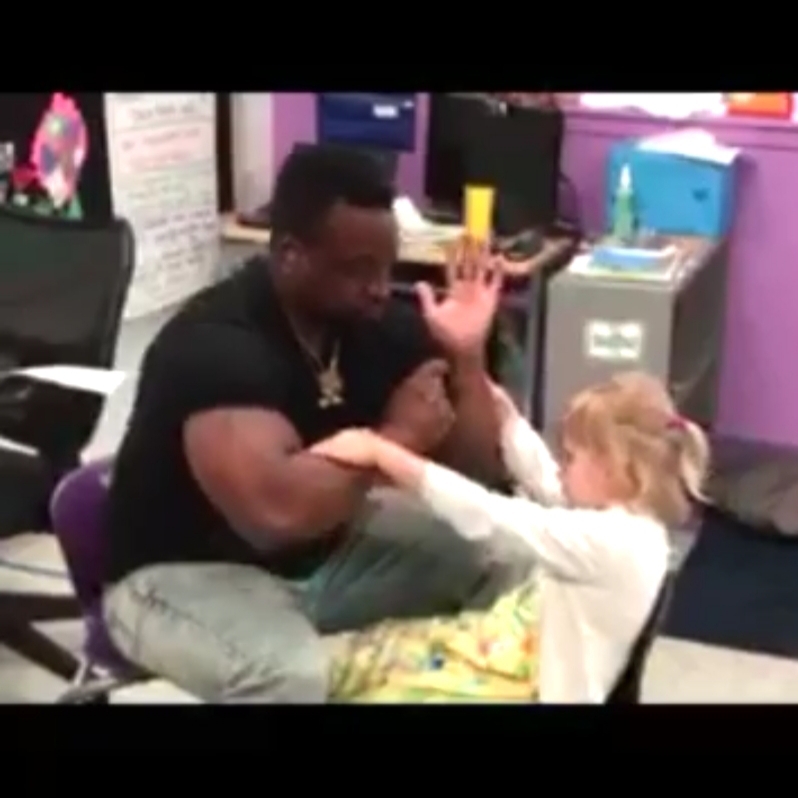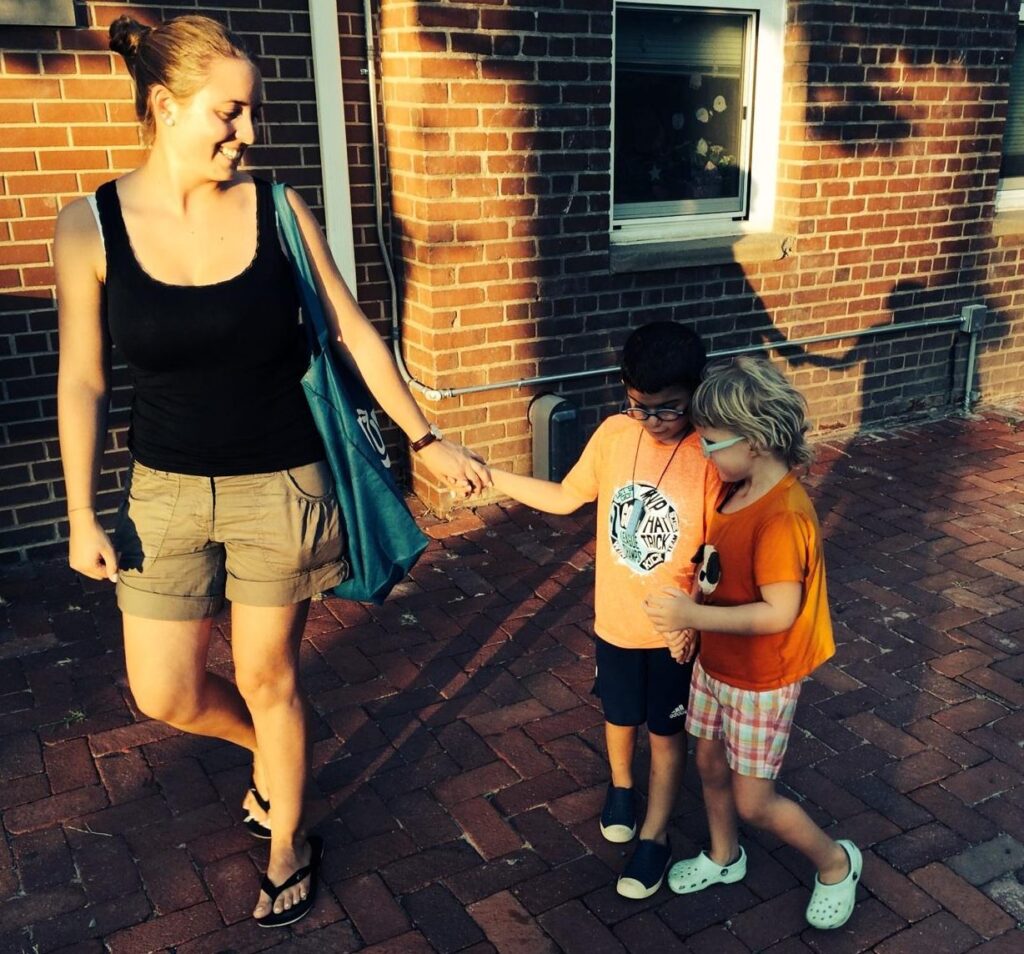
I want to start this post with a caveat that I’m not a linguist, I’m not Deaf or DeafBlind myself, and I’ve barely scratched the surface of the incredible array of vlogs, blogs, and social media where Deaf and DeafBlind advocates share their knowledge. This is to say: I want to pay homage to others who have undoubtedly written on this topic from a far more authoritative personal and/or academic perspective. I hope to discover and learn from your work. My small contribution here derives from my observation of my child, and perhaps my motivation to explain things to other hearing people given how recently I came to understand so much of this myself. I hope that sharing my thoughts on this topic is helpful to other hearing caregivers of Deaf and DeafBlind children.
So, “ideal communication” and “possible communication” are not textbook terms. They are just two terms that I made up, although other people likely use them in different communication-related contexts or perhaps even the same sign language context that I’m going to apply them to. Here are my definitions: “possible communication” takes place when either the language itself or a given modality (visual, auditory, tactile) CAN be understood and managed by a given person in a given space, but it presents various limitations for them. “Ideal communication” happens when the language and/or its modality is enabling someone to access maximum information and human connection in a given space.
Continue reading “Ideal communication vs possible communication”
